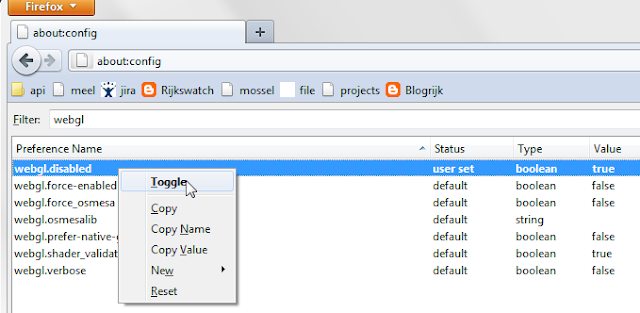16 May 2011
14 May 2011
PROTECT IP: new US website blocking bill
The PROTECT IP act, a new US law proposal, will greatly extend last year's COICA internet censorship proposal:
- PROTECT IP is targeted at infringement of rights, so it is targeted at distribution of copyrighted material and counterfeited articles.
- As such there does not seem to be a problem with that, but it remains to be seen how easily this can be stretched. It might be sufficient to find one non compliant item on a site to take action against the entire site. In the past single clips have caused actions against the entire YouTube site.
- PROTECT IP will no longer try to seize domain names, instead it will target intermediate, servicing sites.
- This makes it easier to target sites outside the US.
- Plaintiffs can by simple court order, take direct against revenue sources for these sites (payment clearing and advertisers).
- The site does not have to be notified to be able to defend itself.
- The site is notified when action is taken against them starts, if they have an address in the US.
- There is a procedure to fight the order afterwards.
- If plaintiff completes a procedure at the Department Of Justice that declares that a site is infringing rights, it can also order the site to be removed from search engine results and ISP hosting.
- This is a tactic that is copied from the Great Chinese Firewall.
- PROTECT IP encourages intermediate sites to do self censorship. If Google or Visa stop doing business with a site because they think it is not kosher, they are protected by law
- We have seen such actions by payment providers against WikiLeaks, without any legal order to do so.
- Arbitrary business boycotts will now be legal.
11 May 2011
US CERT recommends disabling WebGL
HTML 5 is sometimes seen as a flash killer, because of the new <canvas> tag. <canvas> can be used to draw graphics via scripting (usually JavaScript).
Firefox 4 and Chrome 9 support 3D graphics in <canvas> through the WebGL API. WebGL is developed by the non-profit Khronos consortium, basically consisting of everybody but Microsoft.
WebGL accesses your hardware driver, giving you hardware acceleration, but also exposing you to a set of vulnerabilities. US CERT now recommends disabling the feature.
To disable WebGL in Firefox, change the preferences:
- navigating to the special about:config URL.
- promise to be careful on the warning page
- type webgl in the filter bar
- toggle the webgl:disabled setting to true

6 May 2011
Sun Grid Engine @ Oracle
Sun Grid Engine used to be available as an Open Source product.
With the purchase of Sun by Oracle, the product will be called Oracle Grid Engine.
Future Oracle Grid Engine versions will no longer be open source.The current version of Oracle Grid Engine is 6.2 update 7.
The Open Source version at the time of the transition (6.2 update 5) was moved to SourceForge and re-branded to Open Grid Scheduler. There is limited activity and progress on the open source project.
Univa provides commercial support for the open source product at $100 yearly per core. Univa also sells a product with closed source extensions as Univa Grid Engine version 8.
Oracle recently reversed its policy of commercialising Sun open source projects for some products that successfully forked:
- Oracle stopped the commercial version of OpenOffice (but AFAIK the ODF 1.2 plugin for MS Office is still not free)
- Oracle proposed to moved control of Hudson to the Eclipse foundation, after the fork of Jenkins



